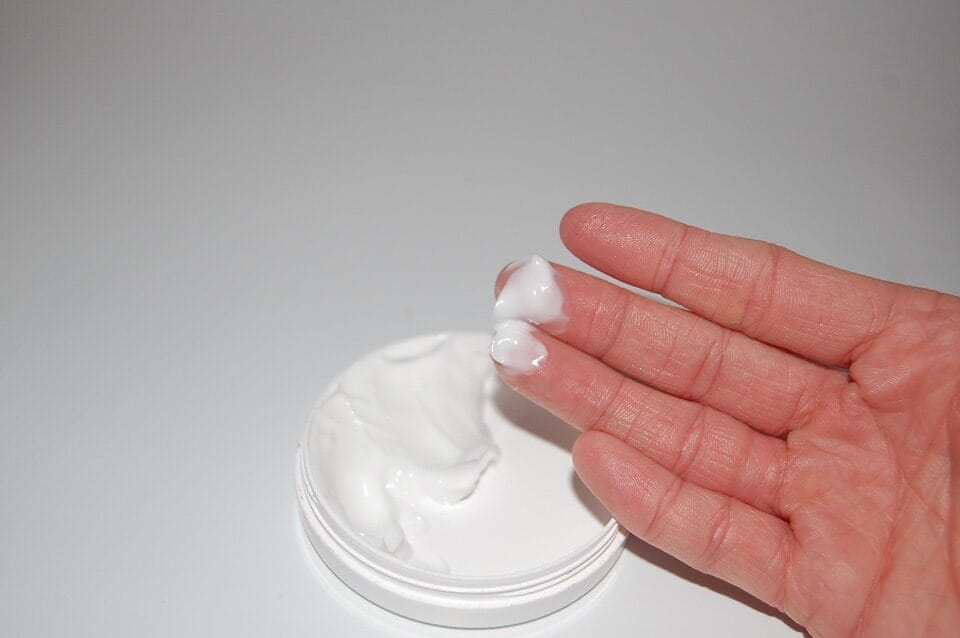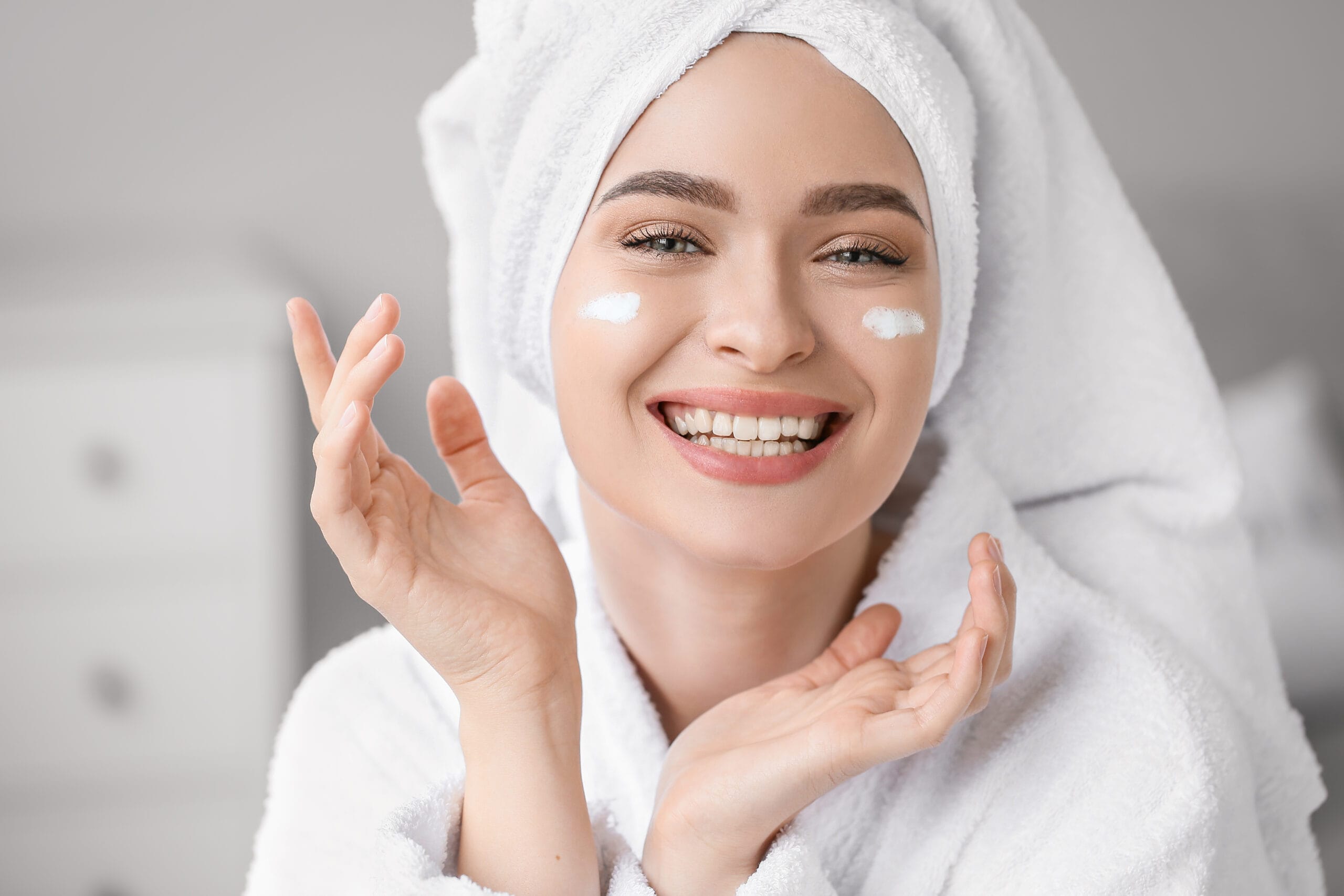The practice of making homemade face cream from beef fat is gaining popularity on the Internet. Allegedly, such a cosmetic product is both healthier and more effective than its industrial counterparts, made primarily from plant materials. We decided to check if this is true.
Quantity posts about the benefits of beef fat cream and video instructions on how to use it cooking numbered in tens - in YouTube, TikTok, Instagram. One of the global popularizers of such cosmetic care - Nara Smith, who actively uses the image of tradwife (traditional wife, “traditional wife” - English), more than 11 million subscribers. Cream based on beef fat can easily be found on popular marketplaces. How claim In natural cosmetics publications, this cream contains antioxidants, essential acids, vitamins A, D, E and K. Moreover, the antibacterial and anti-inflammatory properties of beef fat are reported to help soothe redness and alleviate conditions such as eczema and psoriasis. Recommend Use it for acne as well. Vegetable oils are often are announced harmful to the skin and the body as a whole. I wonder what trend concerns not only cosmetic care, but also a general rejection of vegetable oils: for example, beef fat as a healthier alternative to vegetable oils is actively promotes famous readers “Verified” conspiracy theorist Robert Kennedy Jr., recommended by US President Donald Trump for the post of Secretary of Health.
The variety of jars and bottles in pharmacies and stores can give the impression that there is an incredible amount of cosmetic ingredients. However, after a careful study and comparison of their compositions, it becomes clear that this position is not entirely correct: some unique components included in the name appear in very small quantities, and the main composition is largely similar. The reputable private Cleveland Clinic provides a list main components of cosmetic products, which contains only 11 items. Popular scientific resource Healthline analyzes However, the list also includes many more items that did not show the required level of effectiveness during testing. The vast majority of this list are products of plant origin (including those synthesized during production). A few animal products are goat's milk and cow's milk, but the former has only limited evidence of health benefits and the latter, unfortunately, none at all.
The composition of beef fat is quite modest, and some of the ingredients claimed by fans of the homemade cream are not in it at all. A cup of fat contains 0.41 mcg of selenium, 5.54 mg of vitamin E, 102.09 g of saturated fatty acids, 85.69 g of monounsaturated fatty acids, and 8.2 g of polyunsaturated fatty acids.
Selenium is important element for the health of the skin and the body as a whole. However, the skin can absorb it only when two conditions: firstly, in the form of its compound (for example, selenium sulfide), and secondly, only damaged skin has this ability. If the integrity of the skin is not compromised, then applying a product with selenium will not bring any effect.
Vitamin E and fatty acids are indeed can absorbed through the skin. However, besides these substances, beef fat contains nothing, so it should not be considered a source of many compounds beneficial for the skin. Moreover, their ratio is not optimal. Zakiya Rahman, professor of clinical dermatology at Stanford University School of Medicine, explains: Facial moisturizers should have a high percentage of polyunsaturated fatty acids, in particular linoleic acid, and a low percentage of monounsaturated oleic fatty acid. In beef fat, the opposite is true: only 3% linoleic acid and 47% oleic acid. This proportion will not have a significant moisturizing effect.
Moreover, despite the promises of fans of beef fat, it is unlikely to get rid of acne with its help. The fact is that beef fat is extremely similar to sebum, which our skin produces on its own, and can lead to blockage and then inflammation of the ducts of the sebaceous glands. Member of the American Academy of Dermatology, dermatologist Maya Tosani inclined believe that rubbing beef fat on your face will cause acne rather than help cure it. Her colleague at the academy and member of the editorial board of the authoritative scientific publication “Journal of Clinical and Aesthetic Dermatology” Ava Shamban draws Please note that in terms of comedogenicity (that is, the ability to clog the ducts of the sebaceous glands), beef fat is rated two to three points out of five possible. In other words, such a complication will occur in approximately half of the consumers using it.
Another alarming feature of beef fat is that it increases photosensitivity, that is, skin sensitivity to ultraviolet radiation. This fraught increased risk of sunburn, sun allergies, age spots and accelerated skin aging. Other polyunsaturated fatty acids, as well as some essential oils (for example, bergamot oil) and retinoids (vitamin A derivatives) also have this feature. Accordingly, when using cosmetics with such ingredients, the skin will require additional sun protection. And it won’t work to make beef fat the only product in your facial care ritual.

In response to the growing trend towards the use of animal fat in the cosmetics industry, American scientists have tried carry out meta-analysis of existing scientific evidence. In addition to beef fat, they were also interested in lamb fat. Experts focused on finding answers to five questions:
- Does the composition of the fat make it more suitable for use on the skin?
- What is the advantage of using fat for skin?
- Does fat have healing properties for skin diseases?
- What side effects does oil have on the skin?
- Is using fat safe for the environment?
The scientists analyzed 19 articles describing comparative studies in humans and animals. It turned out that in general, lamb and beef fats are acceptable to use on the skin - however, with reservations about photosensitivity and comedogenicity. Plant fats, such as pumpkin oil or flaxseed oil, are more effective at moisturizing the skin than animal fats. However, for people suffering from psoriasis or atopic dermatitis, animal fat can become an additional ingredient in complex emulsions to moisturize the skin. Animal experiments have shown that animal fat can be irritating to the skin and eyes, but there have been no long-term adverse effects such as teratogenicity (impaired embryogenesis leading to birth defects in the offspring) or genotoxicity (toxicity to the genetic material of cells). Finally, scientists have found an answer to the question about ecology: animal fat does not threaten the existence of coral reefs, but is harmful to marine animals, that is, its use in cosmetics worsens the environment. Experts summarize: in general, animal fats can be used in the cosmetics industry as an additional moisturizing component, but no other properties (for example, anti-aging or anti-inflammatory) have yet been found in them.
Dermatologist Anil Sharma offers For those who are intrigued by the trend on TikTok and who suffer from eczema or extremely dry skin, try using beef tallow in the following way: rub a portion the size of a coin of the smallest denomination into the skin of your elbows or knees in the evening, and rinse thoroughly in the morning. If no undesirable effects occur, then you can use beef fat once or twice a week, but not more often, to avoid clogging of pores, and only on the recommended areas of the skin.
Other experts are even more wary of beef fat. Dr. Ava Shamban draws Please note that beef fat may contain pathogens that pose a risk to humans. Her colleague Joanna Fleming worried that beef tallow is not safe to use on damaged skin, as bacteria can get into it. Moreover, homemade beef fat cream cannot be stored as long as its industrial counterparts, especially in a damp and warm bathroom. Most experts agree that at the moment there are enough products on the skincare cosmetics market with studied composition and proven effectiveness, so you should not experiment with preparing creams from beef fat at home.
Finally, supporters of beef fat appeal to its naturalness. However, firstly, vegetable oils (for example, coconut, pumpkin or olive) are also natural, and secondly, not everything natural is healthy. Chemist and pharmacist Benjamin Knight Fuchs leads this analogy: “Cow dung is also natural. So are toxic substances such as mercury, lead and arsenic, which have been used throughout history. But that doesn't mean they are effective or beneficial skin care ingredients."
Thus, despite the statements of influencers and ordinary users from TikTok, beef fat cannot be considered an effective cosmetic product. Due to its comedogenicity, it is more likely to provoke rashes than to cure acne. Animal fats are generally worse at moisturizing the skin than plant fats. Moreover, beef fat increases photosensitivity, which means it is necessary to use sunscreen after it to avoid additional skin problems. Experts agree that the cosmetics industry has much more reliable and effective care formulas. At best, beef fat can be left as a means to care for elbows and knees, but in no case should it be included in daily care.
Cover image: Photo by Authentic Stock on StockSnap
If you find a spelling or grammatical error, please let us know by highlighting the error text and clicking Ctrl+Enter.






